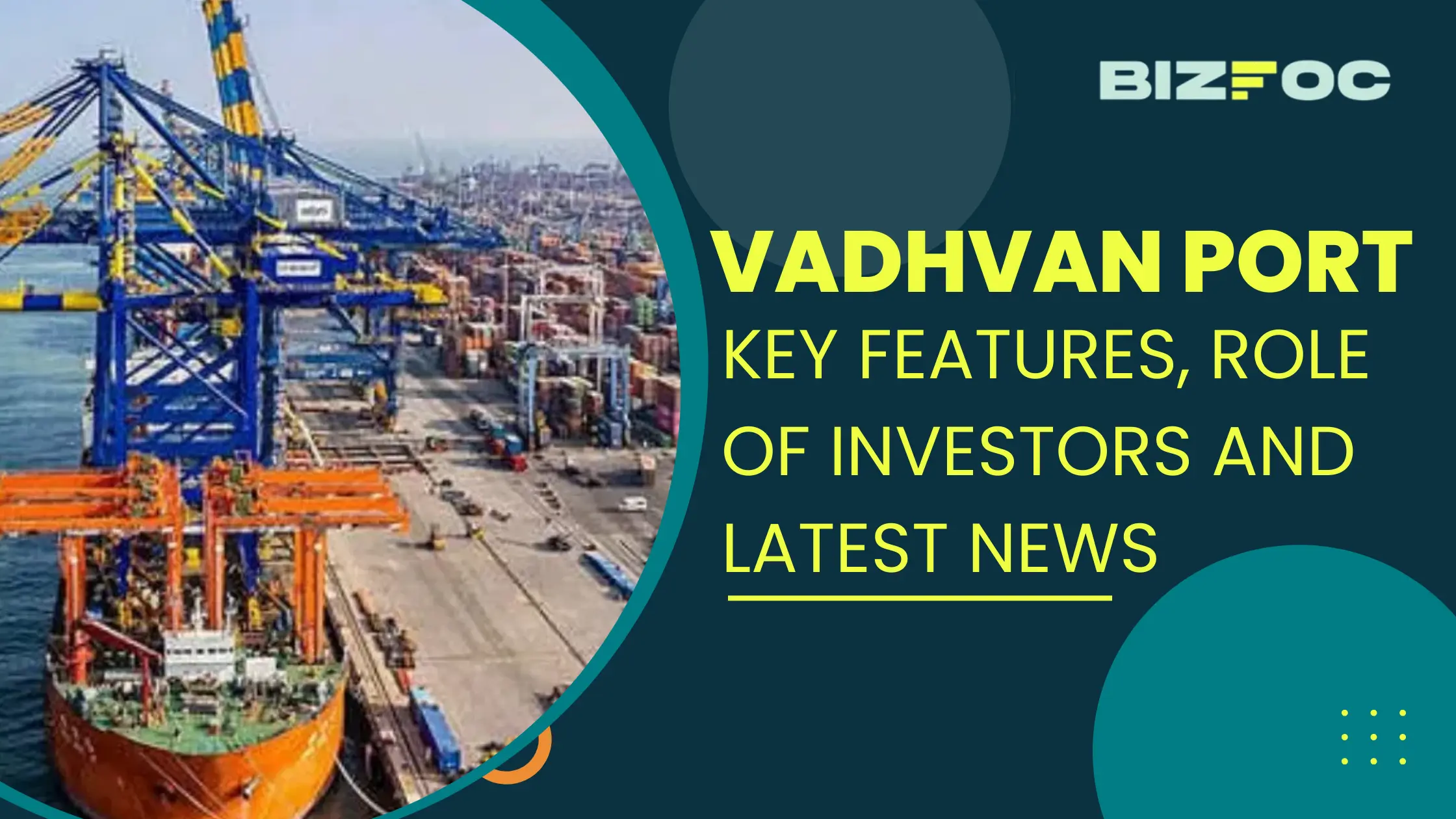Publishing Date: 02 Sep, 2024

On August 30, 2024, our Prime Minister Narendra Modi inaugurated the foundation land of Vadhvan Port in Vadhvan near Dahanu, Maharashtra. Located in the Palghar district of Maharashtra, this port will be India’s largest deepwater port after Jawaharlal Nehru Port (JNPT), Andhra Pradesh. In India, the ports play a major role in trading both raw and finished goods, which directly boosts the stake in the Indian economy. This port is owned by the Jawaharlal Nehru Port Authority and is undertaken by the Vadhvan Port Project Limited (VPPL). Here the VPPL is the joint Special Purpose Vehicle (SPV), which means a program that is initiated as a limited liability company or trust established for a specific, often short-term, purpose. This project is jointly formed by the Jawarharlal Nehru Port Authority (JNPV) and the Maharashtra Maritime Board (MMB).
Ports, a major source to raise investment in India, are likely to rise in the near future due to the affordable movement of materials and goods across borders. Also, foreign direct investment (FDI) is allowed up to 100% in the maritime sector. This means that the Indian government’s is focusing on growing the capacity of the economy by strengthening the infrastructure of the marine sector.
By registering under AD and IEC code a business can also raise their investment in both organizations, as well as in the country, and can afford to balance multilateral trade at a single time!
|
Area |
Hectares/ cum |
|
Project Area: |
17,471 hectares (16,900 Ha is port limit, 571 Ha outside port limit |
|
Waterfront Area |
15363.5 hectares |
|
Reclamation Area: |
1448 hectares |
|
Berth Area |
63.5 hectares |
|
Reclamation quantity |
200 m cum |
Here is the role of private investors in the development of Vadhavan Port:
The Public Private Partnership (PPP) model is the joint formation of two sectors. These sectors offer various services and investment in the economy, as India is known for their mixed-model economy. This model allows the company to share the risks, liabilities, and profit of the project.
At a projected cost of ₹76,220 crores, the project offers significant chances for private enterprises to invest. The development of this port fuels private sector investment in various aspects, such as construction, equipment supply, and labor management.
During the development of ports, various materials and labor works are required to increase the productivity of the project. In this regard, the private sector also plays the pivotal role even after the construction of setting ports is accomplished. Private investors also take care about the repairs and maintenance of the port, thereby improving operational efficiencies and reducing turnaround times for ships to improve global competitiveness.
The focus to enhance trade via waterways is essential for the growth of the economy. The Vadhvan port, particularly as part of the India-Middle East-Europe Economic Corridor (IMEC), is planned and developed to ensure strong trade links and competitiveness in the global market.
Following are the key features of Vadhvan ports that prove that the supremacy of other major ports comes down to fed in front of Vadhvan port:
Vadhvan Port is the deepwater port that will be designed to accommodate large ships and vessels to trade commodities in large volumes.
This port plays a pivotal role in playing at a competitive level with Gwadar (a port that lies near Balochistan, Pakistan). This port was once known as a great hub for trade and commerce that are given by China on lease to Pakistan to maintain international integrity. But the water depth of Vadhvan port is ⅗ more than the Gwadar port, which is of 20-meter water depth.
It is located approximately 130 kilometers north of Mumbai and serves another entry to India's financial capital, decreasing traffic at present ports such as Jawaharlal Nehru Port (JNPT).
The Vadhvan Port offers Delhi-Mumbai industrials that leverage efficient cargo movement. In addition to this, Vadhvan port enhances good relations with Central Asia, Russia, and key trade corridors like the INSTC and IMEC.
Vadhvan port, as one of the largest ports in India with an investment of ₹ 76,220 crore, should be able to carry 23.2 million TEUs. This significantly increases India's cargo handling capacity on completion of the 2nd phase.
Vadhvan Port is the major deepwater port in India, which is a deepwater port after Jawaharlal Nehru Port (JNPT). This port will become a pivotal reason to accelerate economic growth at a greater speed. This port stands at the best of their key features, which is essential to leveraging the larger part of investment from the government as well as the private sector.
The Vadhvan Port is connected to the Delhi-Mumbai expressway via a link expressway and forms a major part of the proposed Middle East Europe Economic Corridor.
The estimated cost of Vadhvan port is ₹ 76,220 crore.
The expected capacity of Vadhvan Port is 298 million metric tons (MMT) per annum.
Vadhavan Port is a permitted greenfield seaport in Palghar District, Maharashtra, India. It is anticipated that work on the Vadhavan Port would begin in January 2025, located on the Arabian Sea. It is planned to open up to operations by December 2029.